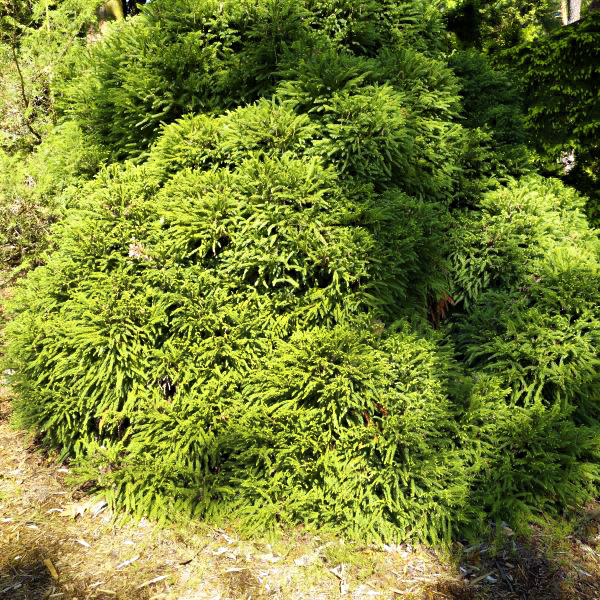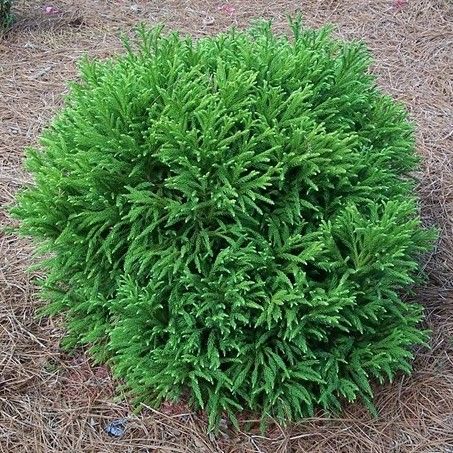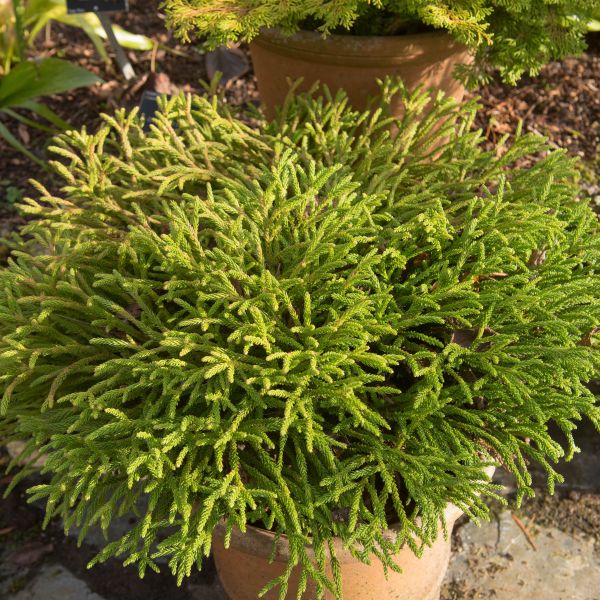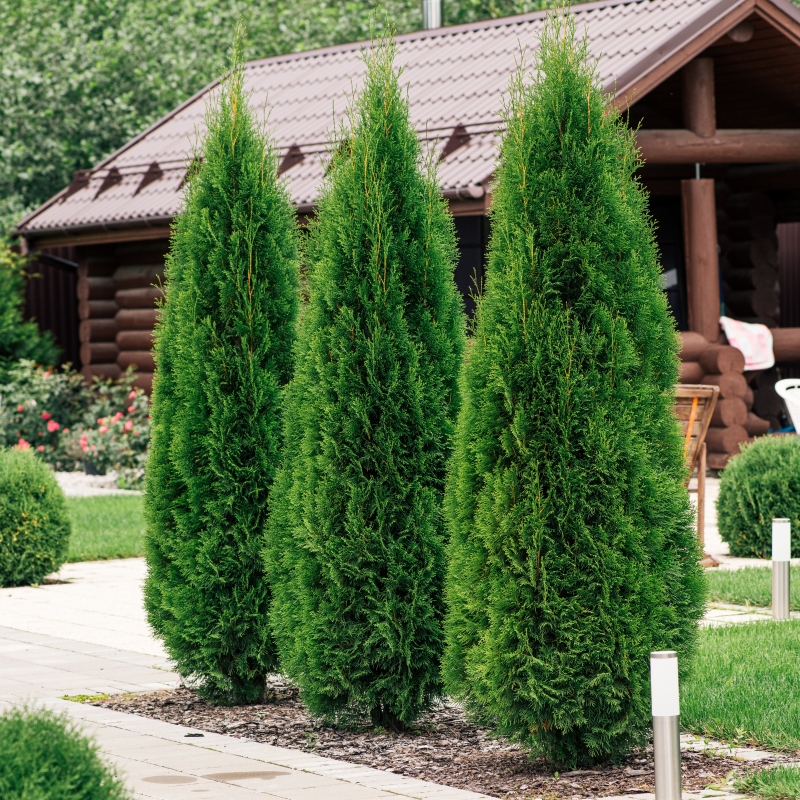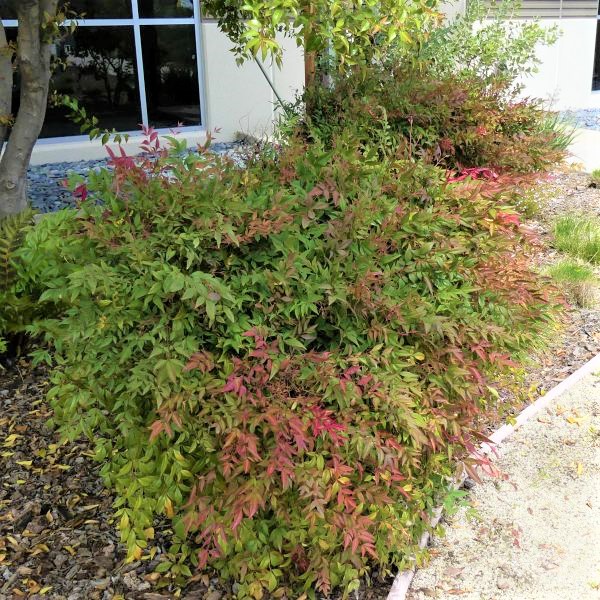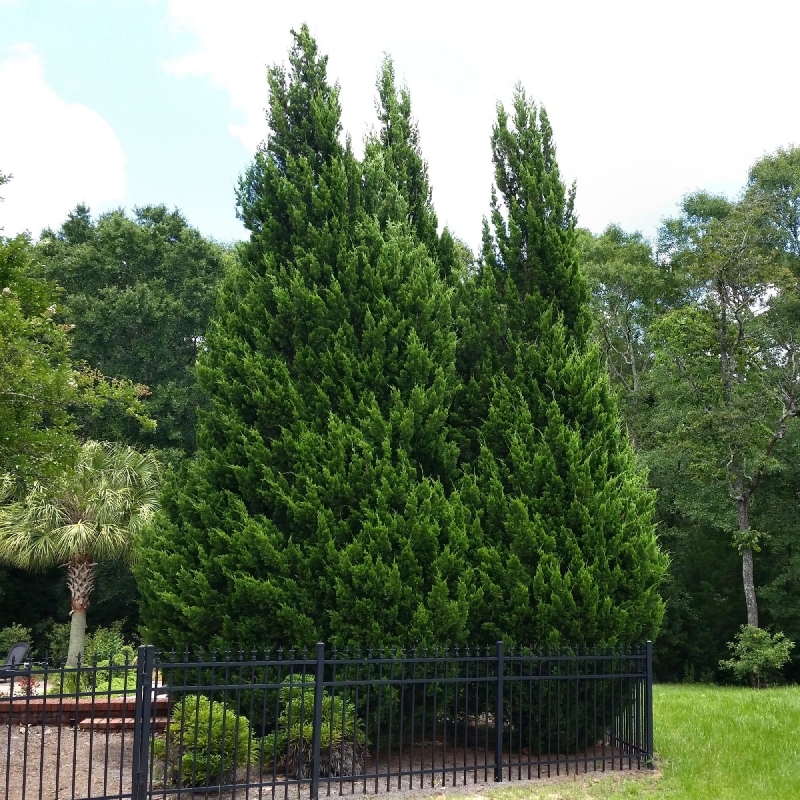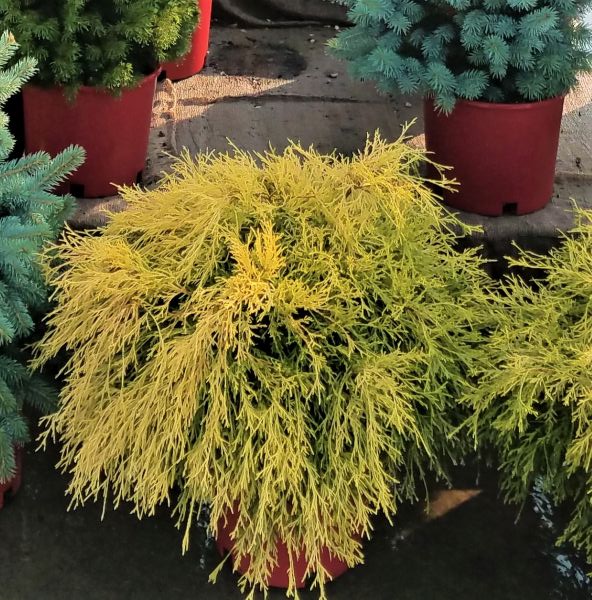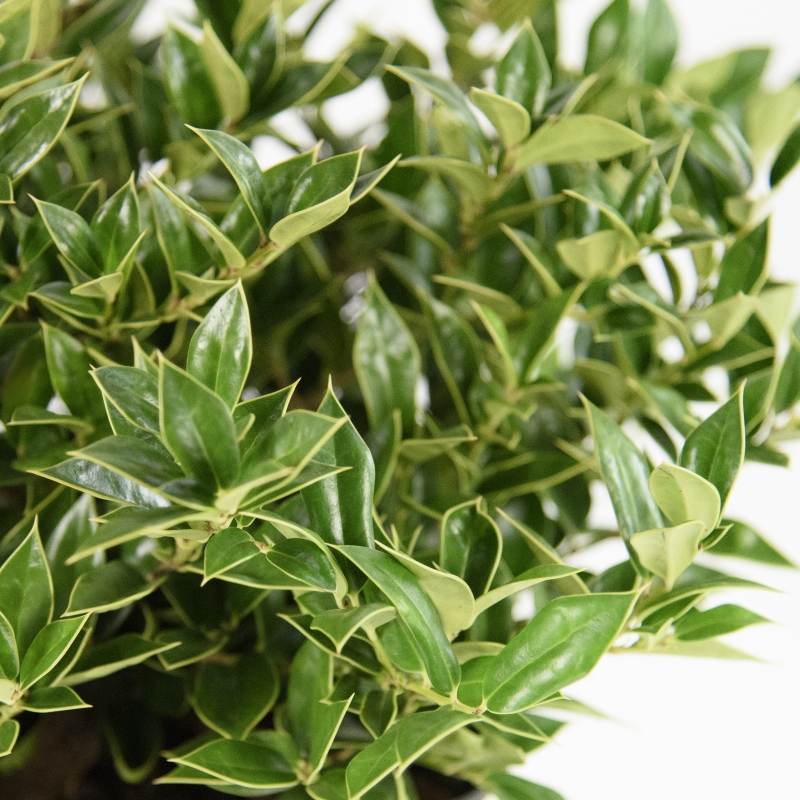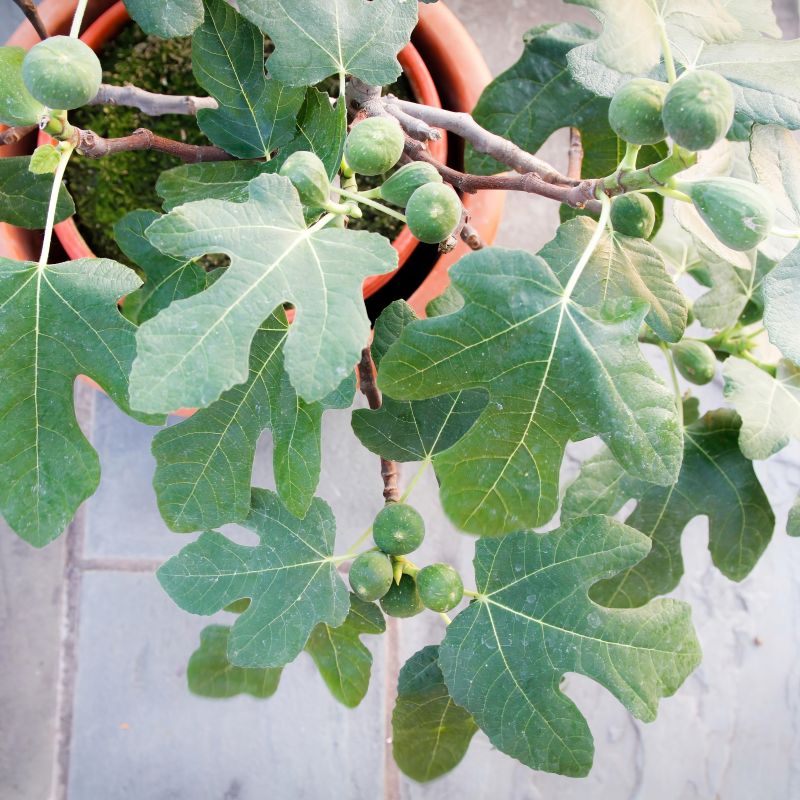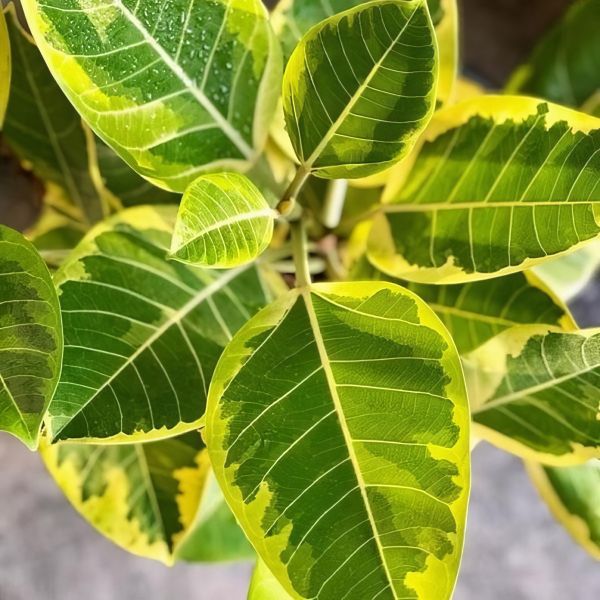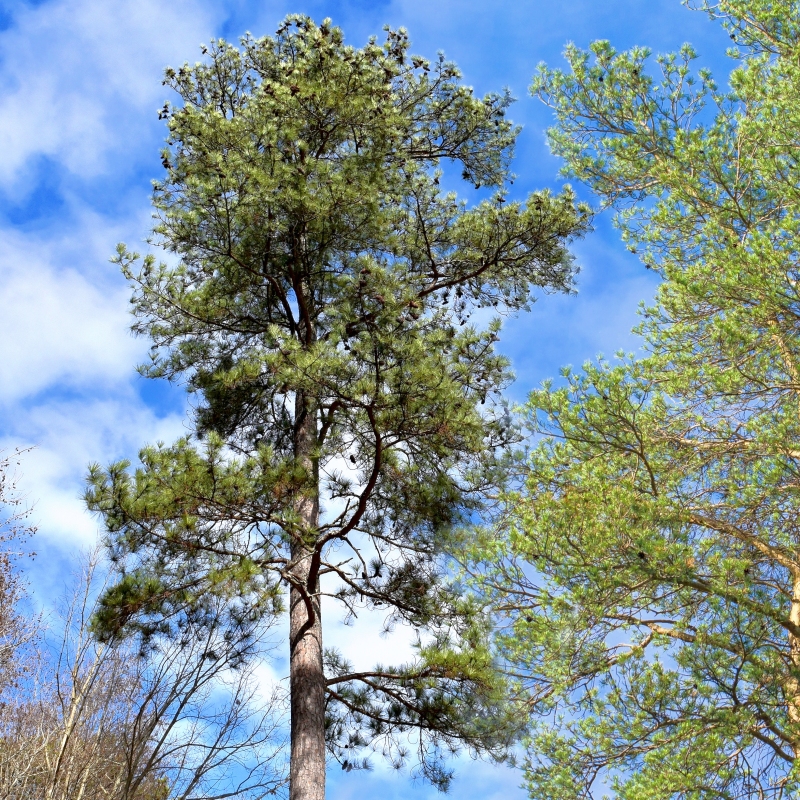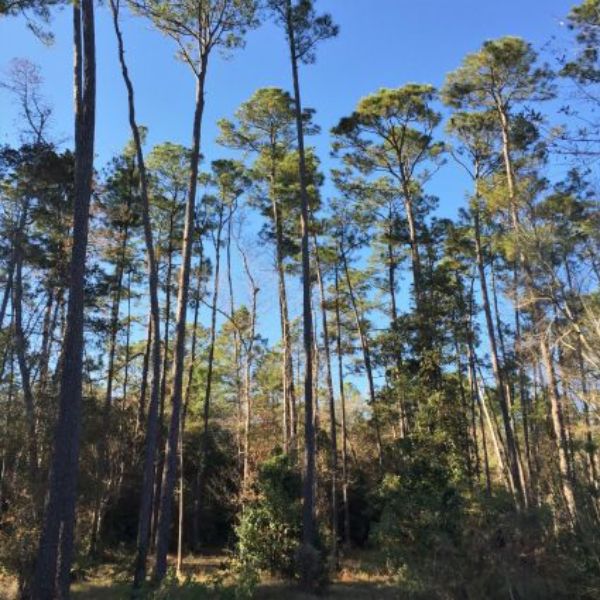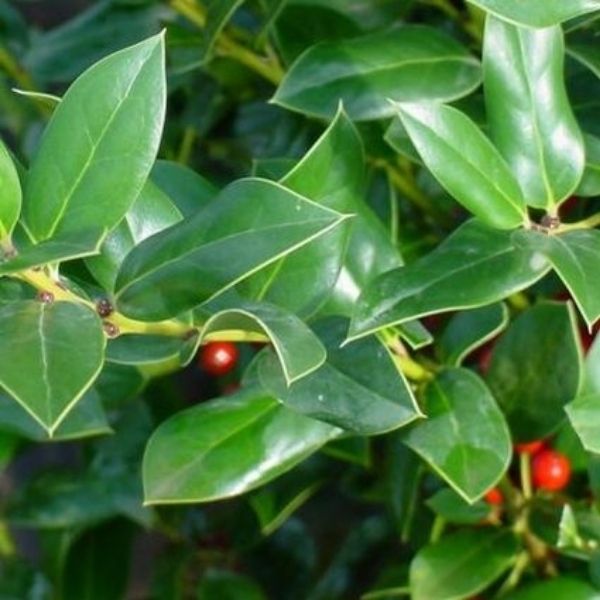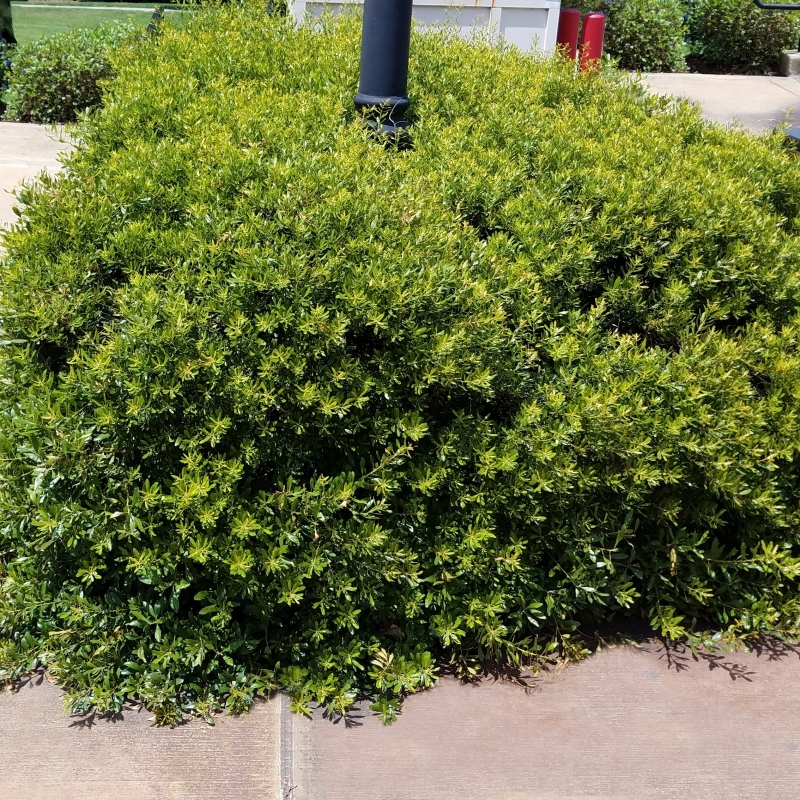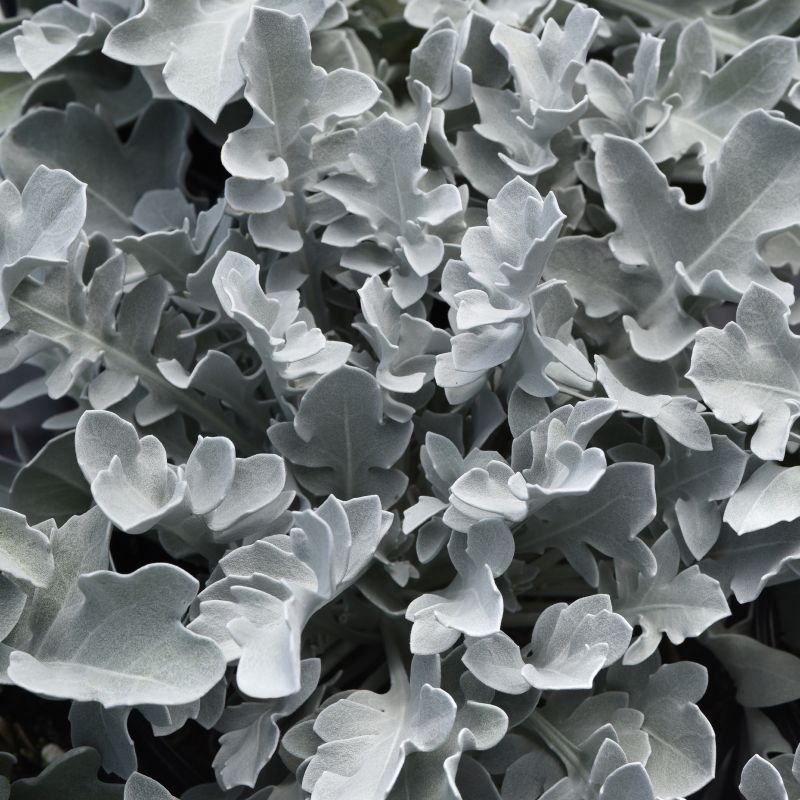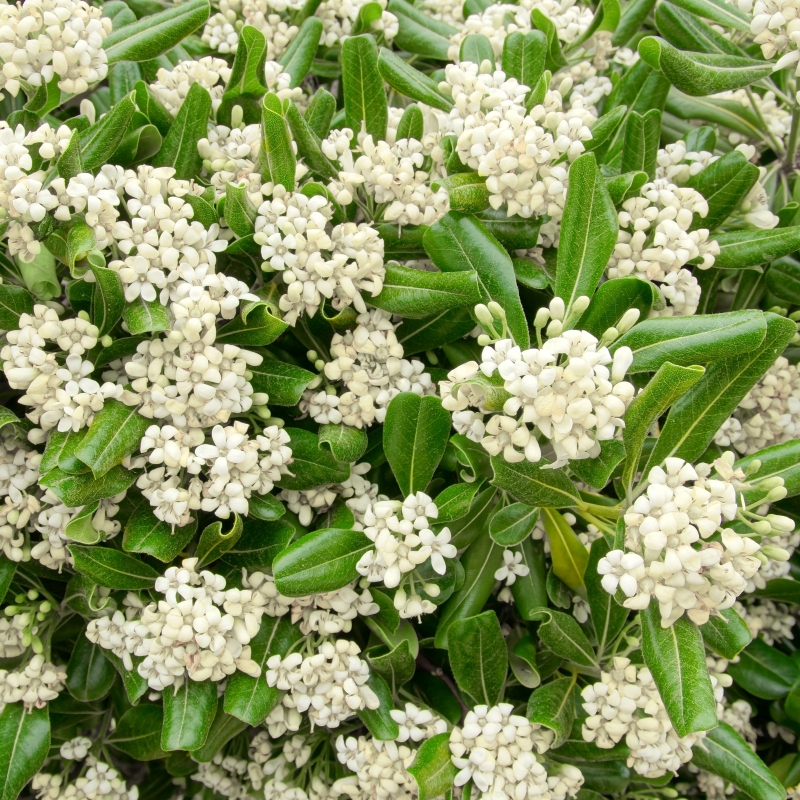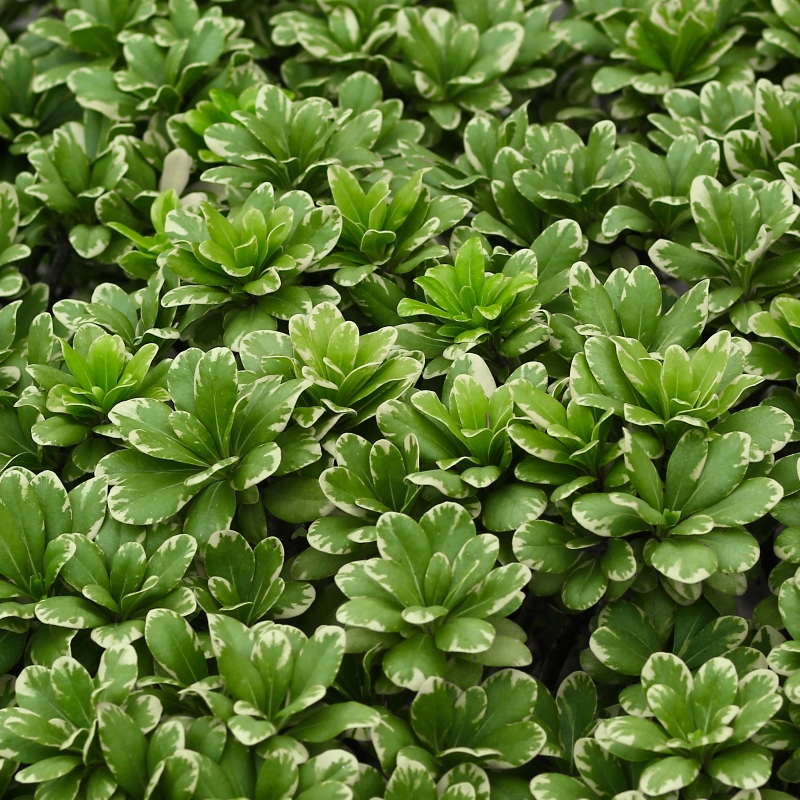

Dwarf Japanese Cedar
Cryptomeria japonica 'Globosa Nana'
15 reviews


Dwarf Japanese Cedar
Cryptomeria japonica 'Globosa Nana'
15 reviews
$106.00
$152.00
30% Off
- 2.5 Gallon
- 1 Gallon
- 6 Gallon 1-2 Feet
- Trade 3 Gallon
We are sorry, product is currently out of stock due to seasonal availability. Please check the "Related plants available in your area" section below
Why Dwarf Japanese Cedar?
Dwarf Japanese Cedar is a great addition to any garden or landscape due to its small size and unique texture. It grows to about 3 feet tall and 5 feet wide, giving it a compact and neat appearance. Its foliage is soft and needle-like, with a green color that turns bronze in winter. This evergreen plant is also low-maintenance, making it perfect for busy gardeners or those with small yards.
Related plants available in your area
Sunlight
The Dwarf Japanese Cedar, also known as Cryptomeria japonica 'Globosa Nana', requires full to partial sunlight.
Watering
The watering requirement for Dwarf Japanese Cedar is moderate. It prefers to be consistently moist but not waterlogged. It is important to water deeply and allow the soil to partially dry out between waterings to prevent overwatering.
Fertilizing
The fertilizer requirement for Dwarf Japanese Cedar may vary based on soil conditions and the overall health of the plant. It is recommended to use a balanced slow-release fertilizer specifically formulated for evergreens, following the instructions on the
The Dwarf Japanese Cedar is a slow-growing and compact evergreen tree that is prized for its unique texture, bright green foliage, and easy-to-grow nature. This cultivar is a great choice for adding year-round interest to the landscape, and it is ideal for small gardens and containers.
The Dwarf Japanese Cedar is a slow-growing and compact evergreen tree that is prized for its unique texture, bright green foliage, and easy-to-grow nature. This cultivar is a great choice for adding year-round interest to the landscape, and it is ideal for small gardens and containers.
Dwarf Japanese Cedar is adaptable to a wide range of growing conditions, including full sun to partial shade and a variety of soil types. They prefer well-drained soil that is rich in organic matter, and they benefit from regular fertilization to promote healthy growth.
This tree is a small and compact cultivar that typically reaches heights of up to 3-5 feet tall and 2-3 feet wide. It has a unique, mounding shape that makes it a great choice for adding texture and interest to the garden.
Dwarf Japanese Cedar has attractive, bright green foliage that provides a striking contrast to other plants in the garden. The foliage is arranged in a unique, scale-like pattern along the stems, giving the tree a full and lush appearance.
The Dwarf Japanese Cedar's evergreen nature not only makes it a sight to behold in the summer, but also in the winter. Its glossy green leaves remain throughout the winter, giving your garden year-round vibrancy.
When properly placed, a Dwarf Japanese Cedar instantly becomes the focal point of any garden. They give year-round interest and texture to the landscape and are simple to maintain and adaptable to a variety of growth environments. The fact that they grow slowly makes them great for contained environments.
Plant Information:
| Botanical Name: | Cryptomeria japonica 'Globosa Nana' |
| USDA Zones: | 5-9 |
| Water: | Moderate |
| Exposure: | Full Sun |
| Soil Needs: | Well-Drained |
| Mature Height: | 4 - 8 feet |
| Mature Spread: | 4 - 5 feet |






Pollination Info
Pollination Information for Dwarf Japanese Cedar (Cryptomeria japonica 'Globosa Nana')
Dwarf Japanese Cedar (Cryptomeria japonica 'Globosa Nana') is a coniferous evergreen shrub that belongs to the family Cupressaceae. It is a popular ornamental plant in gardens and landscapes due to its beautiful foliage and compact growth habit.
Pollination
Dwarf Japanese Cedar (Cryptomeria japonica 'Globosa Nana') is a monoecious plant, which means that it has separate male and female cones on the same plant. The male cones produce pollen, while the female cones produce seeds.
Pollination occurs mainly through wind, as the pollen from the male cones is carried by the wind to the female cones. However, pollination can also occur through cross-pollination by insects such as bees and butterflies.
Fertilization
After pollination, the pollen grains from the male cones will land on the female cones, where they will fertilize the ovules. The fertilized ovules will then develop into seeds.
Seed Dispersal
Once the seeds are mature, the cones will open up to release the seeds. The seeds are dispersed by wind or animals.
Cross-Pollination
Cross-pollination can occur between different cultivars of Cryptomeria japonica, but it is unlikely to occur between different species of the same family. Therefore, it is important to ensure that neighboring plants are of the same cultivar to maintain the desired characteristics.
FAQ
Dwarf Japanese Cedar (Cryptomeria japonica 'Globosa Nana') FAQs
What is a Dwarf Japanese Cedar?
Dwarf Japanese Cedar (Cryptomeria japonica 'Globosa Nana') is a small evergreen coniferous tree that is commonly grown as an ornamental plant in gardens and parks. It is a slow-growing plant that typically reaches a height of 3-6 feet and a spread of 4-8 feet.
What does the plant look like?
The Dwarf Japanese Cedar has a rounded and compact growth habit, with dense foliage that is bright green in color. It has a pyramidal shape when young, but as it matures, it becomes more rounded in form. The leaves are needle-like, about 1/2 inch in length, and arranged in a spiral pattern around the stems.
How do I plant and care for a Dwarf Japanese Cedar?
The Dwarf Japanese Cedar prefers well-drained soil that is rich in organic matter, and it should be planted in an area that receives full sun to partial shade. Water the plant deeply and regularly, especially during hot and dry weather. Prune the plant as needed in late winter or early spring to maintain its shape and size.
What are the benefits of growing Dwarf Japanese Cedar?
The Dwarf Japanese Cedar is a hardy and low-maintenance plant that is perfect for small gardens and landscapes. It is also an excellent choice for container gardening, rock gardens, and bonsai. The plant has a unique and attractive appearance, and its dense foliage provides good year-round privacy and screening.
What are some common problems with Dwarf Japanese Cedar?
The Dwarf Japanese Cedar is generally disease and pest resistant, but it may be susceptible to spider mites and scale insects. These can be controlled with a gentle spray of insecticidal soap or horticultural oil. The plant may also suffer from root rot if soil drainage is poor or if it is over-watered.
Can Dwarf Japanese Cedar be propagated?
Yes, Dwarf Japanese Cedar can be propagated from seeds or cuttings. Seeds should be sown in the fall, while cuttings should be taken in the summer or early fall.
How fast does Dwarf Japanese Cedar grow?
The Dwarf Japanese Cedar is a slow-growing plant that typically adds only a few inches of new growth per year.
Can Dwarf Japanese Cedar be used in landscaping schemes?
Yes, Dwarf Japanese Cedar is an excellent choice for landscaping schemes. It can be used as a specimen plant, in groupings, or as a groundcover. Its small size and unique form make it ideal for rock gardens, garden borders, and planting around water features.
Planting & Care
Planting and Care for Dwarf Japanese Cedar (Cryptomeria japonica 'Globosa Nana')
Planting Instructions:
- Choose a planting location with well-draining soil.
- Dig a hole twice as wide as the root ball and just as deep.
- Remove the plant from its container and tease out any roots that are circling the root ball.
- Place the plant in the hole, making sure the top of the root ball is level with the soil surface.
- Backfill the hole with soil and water well.
- Apply a layer of mulch around the base of the plant, but not touching the trunk.
Care Instructions:
- Water the plant regularly during the first year to establish a strong root system.
- After the first year, water during dry spells or when the soil is dry to the touch.
- Fertilize in early spring with a slow-release, balanced fertilizer.
- Prune in late winter or early spring to maintain the plant's shape and size.
- Monitor for common pests such as spider mites and scale insects.
- Protect from harsh winter winds and extreme cold with burlap or other wraps.
Check Out These Verified Customer Reviews:
Customer Reviews
4.7 out of 5 based on 15 reviews
Thank you! Your review has been submitted.
The Dwarf Japanese Cedar arrived in perfect condition. It was carefully packaged and is thriving in my garden.
Highly recommend this tree
Impressed with the quality of the Dwarf Japanese Cedar. It's a great addition to my landscaping project.
Item has been added to your cart.



